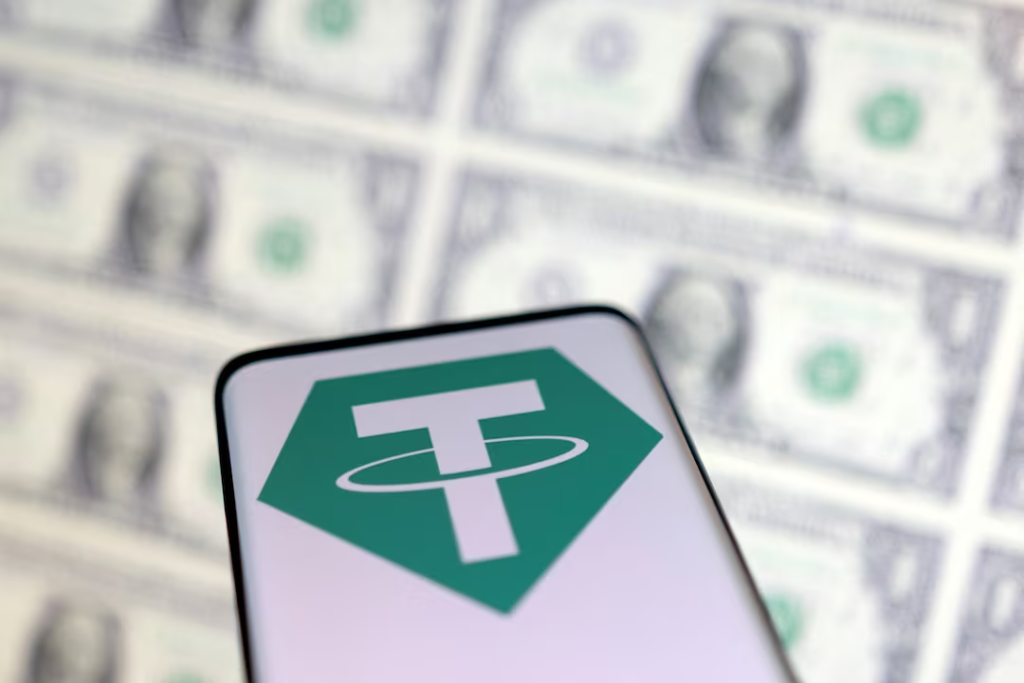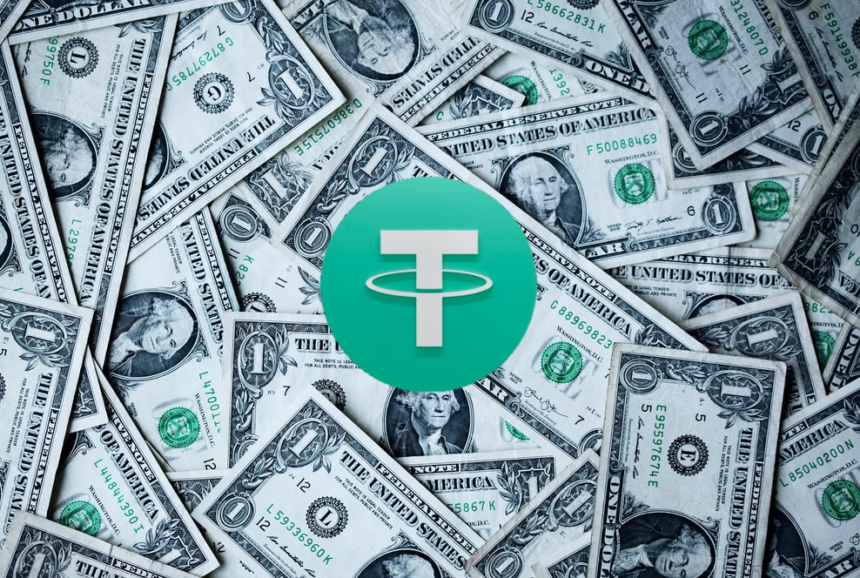Introduction
The much-anticipated U.S. stablecoin bill has hit a major roadblock in the Senate, sending ripples through the cryptocurrency and digital finance world. As calls grow louder for federal crypto regulation, this failure marks another delay in creating a consistent legal framework for stablecoins like USDC and Tether. Here are the top five reasons the bill didn’t pass and what it means for the future of digital currency regulation in the United States.



1. Partisan Gridlock Over Crypto Oversight
One of the key reasons the bill stalled was intense partisan disagreement over which federal agency should oversee stablecoin issuers. While some senators favored giving the Federal Reserve more control, others backed the Securities and Exchange Commission (SEC) or the Commodity Futures Trading Commission (CFTC). This tug-of-war on jurisdiction derailed consensus-building efforts.
2. Concerns Over Consumer Protection
Lawmakers on both sides of the aisle expressed concern that the bill lacked sufficient safeguards for consumers. With recent crypto failures still fresh in public memory, including the collapse of FTX, critics argued the bill did not adequately address risks like reserve transparency and redemption guarantees for stablecoin users.
3. Opposition from Banking Lobbyists
The banking industry has lobbied aggressively against the bill, fearing that stablecoins could undermine traditional finance. Many banks worry that a federally sanctioned stablecoin framework could lead to faster adoption of non-bank-issued currencies, siphoning off deposits and disrupting the financial system.
4. Central Bank Digital Currency (CBDC) Debate
Another sticking point was whether the bill should allow room for a potential U.S. Central Bank Digital Currency (CBDC), or “digital dollar.” Some senators felt the legislation could unintentionally hinder future development of a CBDC or create regulatory confusion between state-backed and privately-issued stablecoins.
5. Lack of Clarity on State vs. Federal Authority
The bill attempted to preempt some state-level stablecoin frameworks, particularly those in crypto-friendly states like Wyoming and New York. This federal overreach became a point of contention, with lawmakers wanting to preserve state authority while still encouraging a national approach.
What This Means for Crypto Regulation
With the bill failing to clear this key legislative hurdle, the U.S. remains without a clear regulatory path for stablecoins. This uncertainty continues to frustrate crypto firms and investors looking for legal clarity. It may also push innovation offshore to countries with more progressive regulations.
Conclusion
The Senate’s failure to pass the stablecoin bill highlights deep divisions on how to regulate digital assets in the U.S. While lawmakers agree that oversight is needed, the path forward remains murky. Until Congress can reconcile differences over agency authority, consumer protection, and state roles, stablecoin regulation will likely remain stalled. Investors and developers alike should stay alert for future developments as the debate continues into the 2025 legislative session.
Related Reading: Why the U.S. Is Struggling to Regulate Crypto









